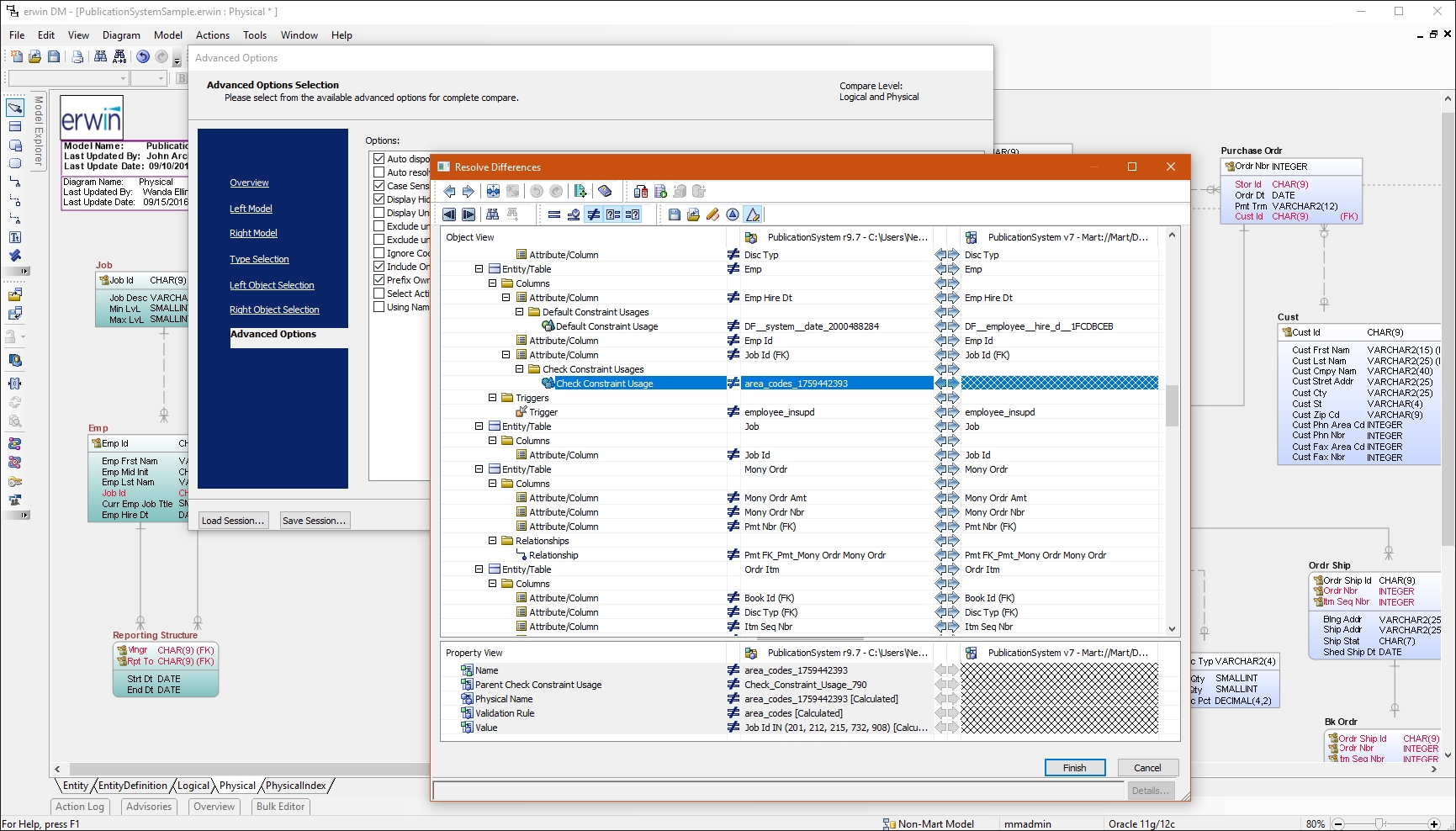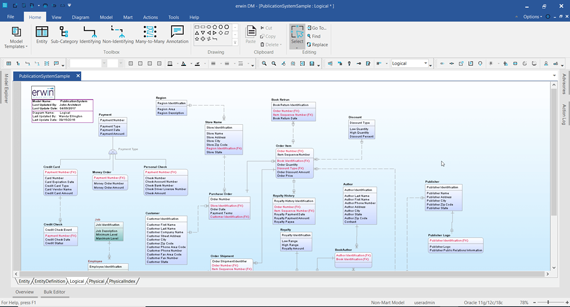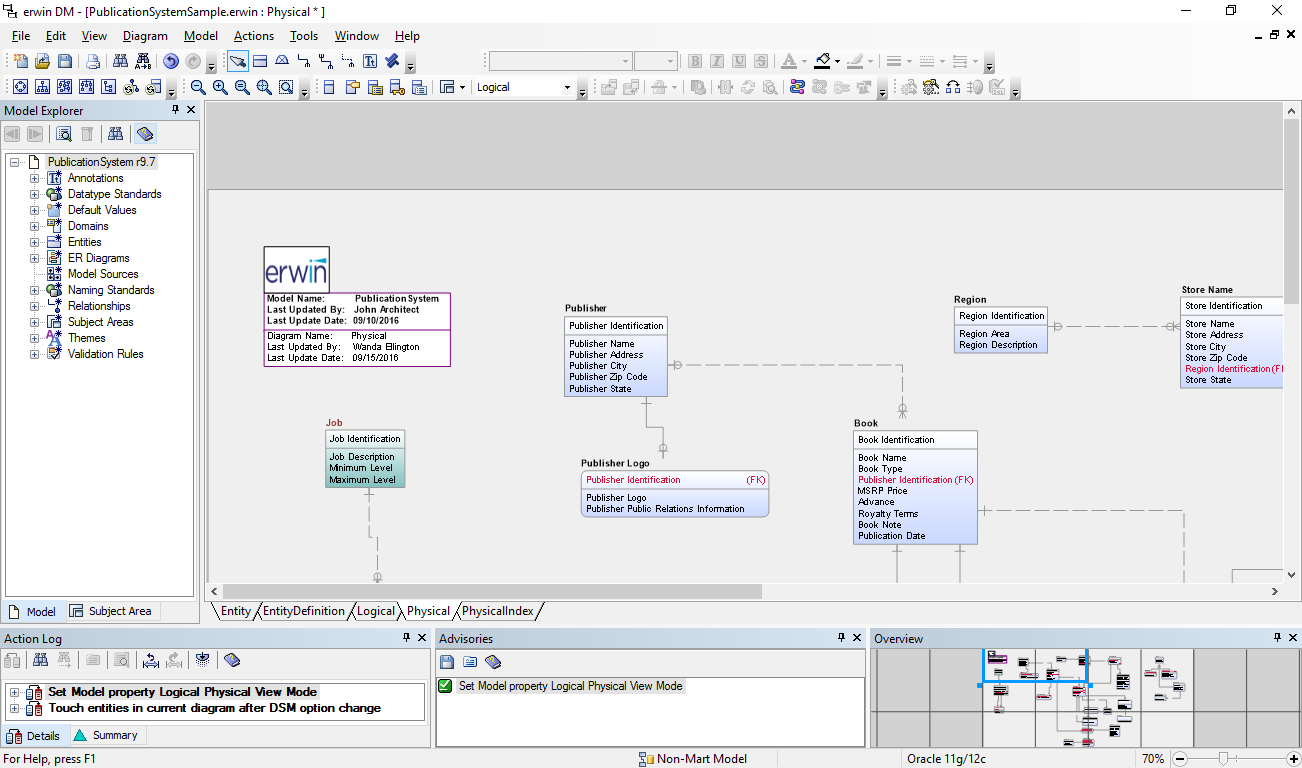

Each entity type can be differentiated from all others because it has one or more unique properties, called attributes. Identify key properties of each entity.

Each entity should be cohesive and logically discrete from all others. The process of data modeling begins with the identification of the things, events or concepts that are represented in the data set that is to be modeled. Those workflows generally look like this: All approaches provide formalized workflows that include a sequence of tasks to be performed in an iterative manner. Data modeling techniques have different conventions that dictate which symbols are used to represent the data, how models are laid out, and how business requirements are conveyed. Any notation is typically simple.Īs a discipline, data modeling invites stakeholders to evaluate data processing and storage in painstaking detail. Typically, they include entity classes (defining the types of things that are important for the business to represent in the data model), their characteristics and constraints, the relationships between them and relevant security and data integrity requirements. Conceptual models are usually created as part of the process of gathering initial project requirements. They are also referred to as domain models and offer a big-picture view of what the system will contain, how it will be organized, and which business rules are involved. Each type of data model is discussed in more detail below: The process will start with a conceptual model, progress to a logical model and conclude with a physical model. Data models can generally be divided into three categories, which vary according to their degree of abstraction. Like any design process, database and information system design begins at a high level of abstraction and becomes increasingly more concrete and specific. Data models can be shared with vendors, partners, and/or industry peers. They play an important role in supporting business processes and planning IT architecture and strategy.

Ideally, data models are living documents that evolve along with changing business needs. This provides a common, consistent, and predictable way of defining and managing data resources across an organization, or even beyond. A data model can be compared to a roadmap, an architect’s blueprint or any formal diagram that facilitates a deeper understanding of what is being designed.ĭata modeling employs standardized schemas and formal techniques. These business rules are then translated into data structures to formulate a concrete database design. The process begins by collecting information about business requirements from stakeholders and end users. Rules and requirements are defined upfront through feedback from business stakeholders so they can be incorporated into the design of a new system or adapted in the iteration of an existing one.ĭata can be modeled at various levels of abstraction. The goal is to illustrate the types of data used and stored within the system, the relationships among these data types, the ways the data can be grouped and organized and its formats and attributes.ĭata models are built around business needs. Discover how data modeling uses abstraction to represent and better understand the nature of data flow within an enterprise information system What is data modeling?ĭata modeling is the process of creating a visual representation of either a whole information system or parts of it to communicate connections between data points and structures.


 0 kommentar(er)
0 kommentar(er)
